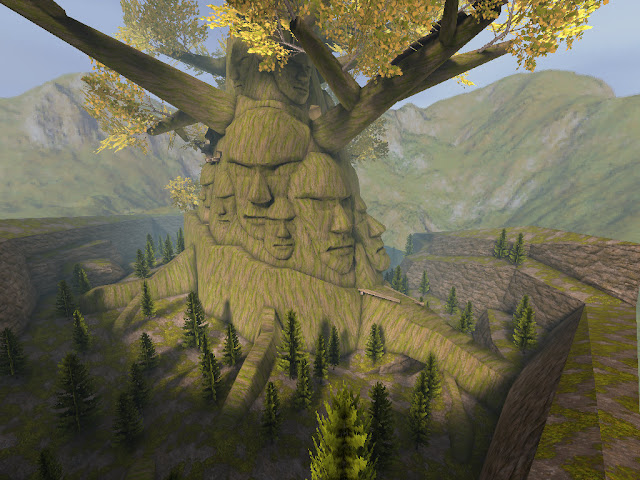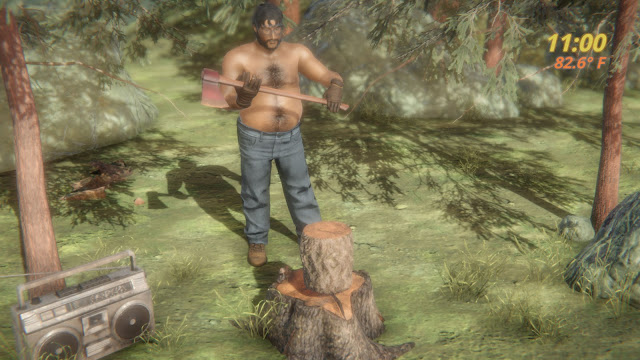Earlier this year I submitted my letter of resignation as assistant arts professor at New York University, so Fall 2020 will be my last semester as full-time faculty at NYU Game Center.
Working at NYU Game Center has been an immense privilege and honestly it's a dream job for any game developer. I will miss my students, colleagues, friends, and mentors. But unfortunately it was impossible to meld a job about constant meetings with a major life change:
I'm leaving New York City and moving to New Zealand.
I realize I have the rare privilege of leaving the US, at a time when most of the world has shut its borders to US citizens. But I don't think of it as an escape -- NYC will recover and stay NYC, probably, and NZ has plenty of its own problems, so let's just put aside the COVID factor and think of it more as a hiatus... I'm taking a hiatus from residing in the US, and seeing what else life has to offer.
This move also means a short (or perhaps longer) hiatus from being a full-time academic. I'll still try to make myself available to students sometimes and maybe I'll even have the pleasure of teaching some classes at a NZ university, but for now, academia likely won't be the main focus of my life. And while I must stress again that I will miss my colleagues and students dearly, I must admit, I'm also looking forward to new possibilities for my professional and creative life:
First, I have a few commercial-oriented games in the works. Look for the releases next year.
Second, starting in January 2021, I'll be available for hire for work around New Zealand (I have a NZ work visa) or remote work from anywhere.
I'm a generalist 3D designer / developer who's very experienced with Unity, and I'm familiar enough with Unreal to prototype in BP, build levels, and get myself up to speed with minimal supervision. I'm also available as a level designer + scripter + tolerable environment artist / asset mangler for 3D projects of all types.
My portfolio is here, email me at yang.robert.w(at)gmail(dot)com if you want to talk. Paid gigs / positions only. CV available on request.
In the meantime, kia ora Aotearoa.








































